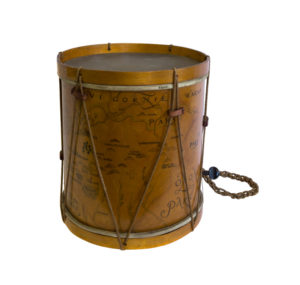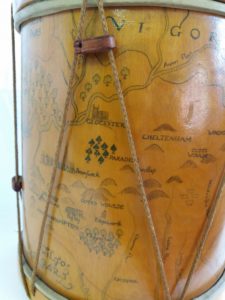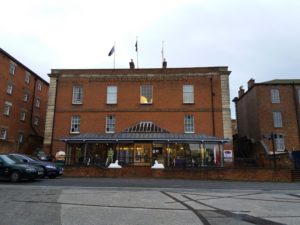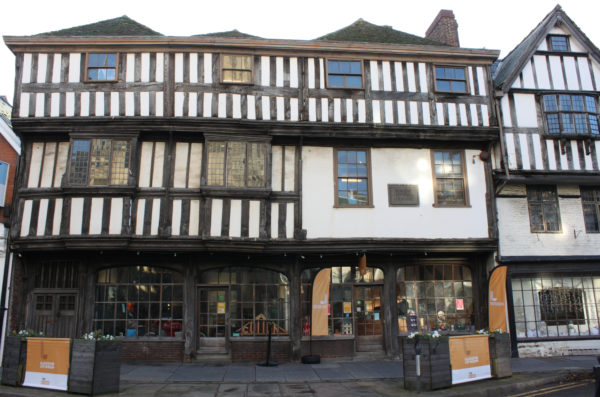The collection comprises small items like whistles, pitch pipes, and a couple of medieval mouth harps, small circular hunting horns, some 18th century transverse flutes and clarinets, tabor pipes, and includes some significant examples such as:
- a concertina by Charles Wheatstone, native from Gloucester, alongside Lachenal concertinas;
- an early 19th century oboe made by William Milhouse in London;
- a unique tabor drum made by Miss Olive Madeline Perrott, also native from Gloucester who was a music teacher and pipe maker for the Pipers' Guild.


At his own initiative and expense, Squire Nathaniel Winchcombe of Strattford House, Stroud, raised a volunteer force as a result from the passing of the Volunteer Defence Act of April 1798. In August of that same year, Winchcombe purchased musical instruments that were to be loaned to the music band constituted by members of the corps. Records show that these consisted of two French horns, a bass drum, four clarinets, two bassoons, a triangle, two octave flutes, and regulation drums and fifes.


